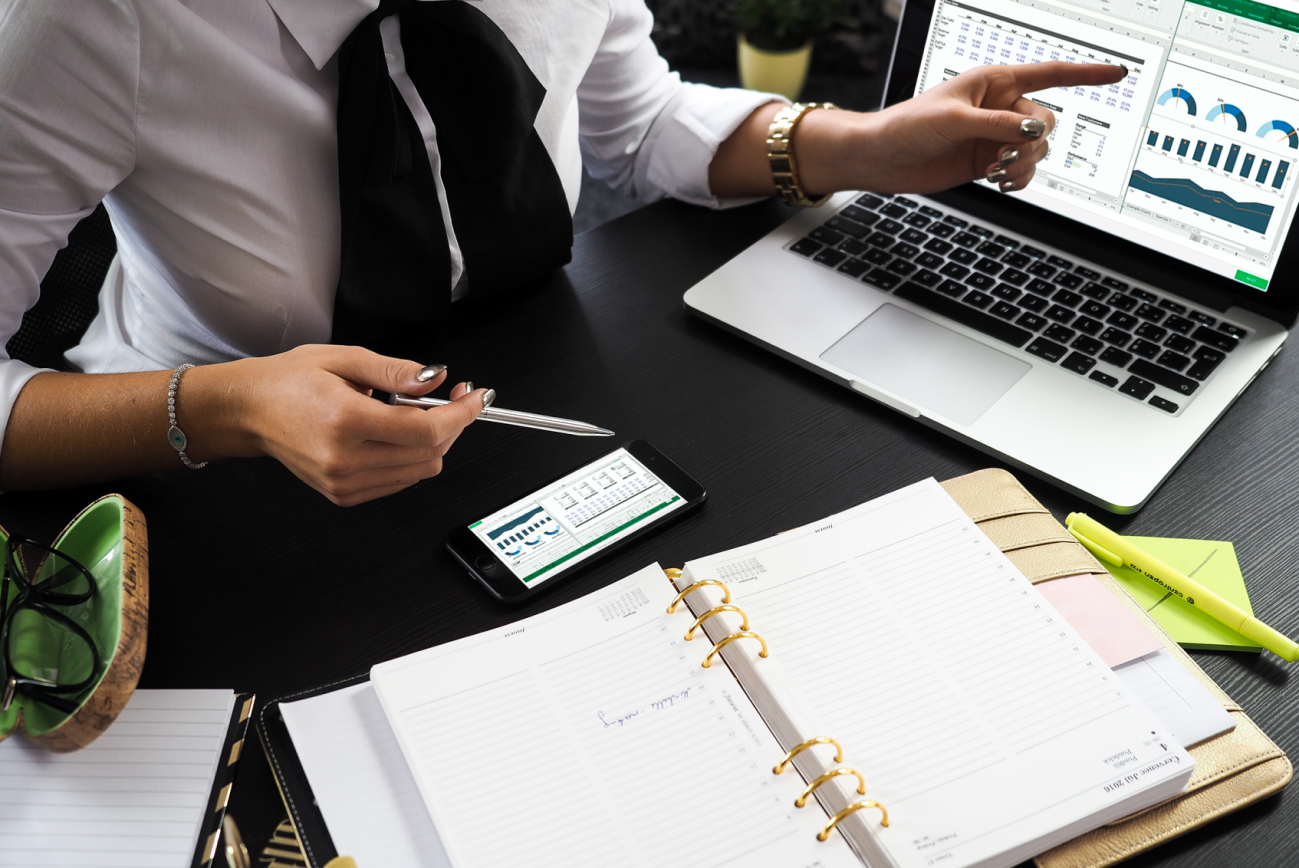This article was originally published on RBC Discover & Learn and has been republished here with permission.
Saving for a down payment is one of the biggest steps to buying a home. Your down payment affects the amount of your mortgage, how much mortgage interest you’ll pay over time, and could even help with your pre-approval for a mortgage.
How can I start saving for a down payment?
1. Open a dedicated home buying savings account
Setting goals and putting money into a separate savings account is one way to stay motivated as you save for a down payment on your new home. A separate account may help you track your goal — and keep you from using those funds for other things.
2. See if your family can help
With the high cost of real estate in many parts of the country, some parents and grandparents are helping the next generation in buying a first home. If your family has some additional funds available, consider talking to them about lending or gifting money that can help you towards the down payment for your mortgage loan. Every family is different, so talk to them about options, including repayment plans and a return on their investment.
3. Join forces with a friend
If you and a friend (or two) are each thinking about buying a home instead of renting — but don’t have enough money saved individually — why not pool your money and buy one together? Naturally, you’d have to be aligned on what’s important to you and how you’ll split up the home, the costs, and the eventual equity, so it will be vital to choose home-buying partners who share your point of view.
4. Use your RRSP
Many first-time home buyers use their RRSP savings to help increase their down payment through the federal government’s Home Buyer’s Plan. Through the plan, eligible first-time home buyers can use up to $35,000 in RRSP savings ($70,000 per couple) to help pay for your down payment on your first home. You then have 15 years to repay your RRSP. Keep in mind that while using your RRSP for a down payment may help you buy a home sooner, it could also mean missing out on some tax-sheltered growth. So be sure to ask your mortgage specialist whether this strategy makes sense for you.
Can a down payment affect how much I qualify for?
Your down payment impacts many elements of your home purchase. How much of a down payment you can put down influences:
- Your price range. Generally speaking, the more you are able to put down, the more you may be able to afford to spend on a home.
- Your mortgage amount. Because your down payment and mortgage work together to finance your home purchase, the higher your down payment is, the lower your mortgage — and mortgage payments — will be.
- Your loan interest. The lower your mortgage amount, the less interest you pay in the long run.
- Your mortgage default insurance. If your down payment is less than 20% of your purchase price, you will need to pay mortgage default insurance premiums. If you put down 20% or more, you will avoid this cost.
What other costs should I keep in mind when saving for a down payment?
When you’re getting your down payment together, don’t forget to reserve some cash to cover costs that are bound to come up when you’re moving into your new home, including:
- Closing costs. The amount you’ll pay in closing costs will depend in part on your mortgage and the province in which you buy. Your lawyer or notary will be able to outline your closing costs for you.
- Moving costs. Whether you hire movers or do it all yourself, there are costs involved in moving.
- New home costs. Think of all the things you’ll want and need to make your new place feel like home. From cleaning supplies to furniture basics to a lawnmower, these costs can add up!
Saving for your down payment is not something you need to do alone. It’s a great idea to use a mortgage payment calculator to crunch some preliminary numbers yourself. At the same time, it doesn’t hurt to talk to a mortgage specialist early on and get valuable advice for moving forward.




